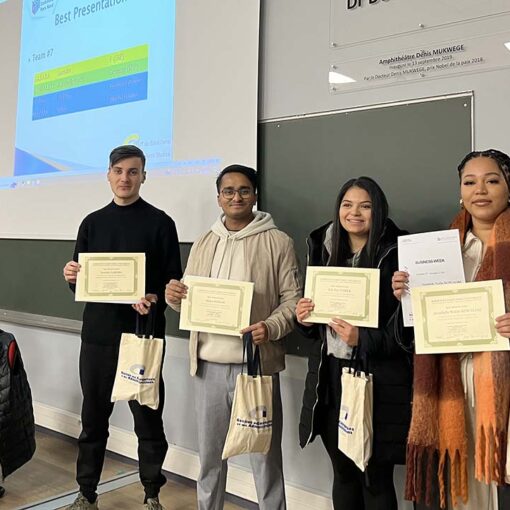Innovations are constructed by the implementation of new resource mixtures and creative forces. (Jelonek 2015) Innovations for the base for economic growth as can be seen for example from the World bank statistic correlation between Gross Domestic Product (GDP) and innovation investment. Innovation is based on using existing resources in alternate ways and creating new products and services (Schumpeter 1934).
The innovation process normally starts with the ideation stage i.e. an idea (Diaconou 2011) resulting with a commercialize innovation. Innovations can either be closed or open (Chesbrough 2003). Open innovation is based on the notion that innovative ideas can originate from both inside and outside the company. Open innovation encourages the use of dynamic business models and the combination of both internal and external ideas in value creation. (Bogers et al. 2018).
Engaging innovation activities to development
A mature company is engaging in innovation activities to develop new products and services. An open innovation maturity framework has been constructed by Enkel et al. (2011). The framework looks at the innovation capabilities of an organization, combining metrics in a number of areas of open innovation revealing both areas of excellence and areas for possible enhancement so as to attain the next level of maturity. Companies can, through the use of frameworks, obtain guidance to companies with regards to maturity levels and enhancement of these, leading to becoming more mature in meeting challenges and gaining competitive advantages. The maturity model examines the maturity level of open innovation in any company (Enkel et al. 2011).

Makkonen et al. (2023) look at the maturity levels of Finnish companies based on a sample obtained during spring 2022. A total 81 master students, 35 females and 46 males with a mean working experience of 12 years, participated in the survey. 48 of the students who participated were from three different higher education institutes in Finland while the other 33 were from a higher education institute in Greece. The participants worked in different technology companies, and they provided help to mid-career engineering positions in these companies. The industries included sawmills, ICT, steel and zinc industries, and public rescue services.
The open innovations concept was found to be moderately accepted in companies, thus the notion of strategic innovation activities including both internal resources and external partners should be encouraged. Open innovation thinking capabilities for most companies were found to have rather maturity levels, from which it can be deducted that companies should further develop organizational cultures and innovation competences to enhance and obtain competitive advantages distinguishing them from their competitors.
The importance of a company’s innovation strategy can be highlighted by the findings of Makkonen et al (2023). Future growth and strategic competitive advantages require companies to continuously consider their innovation process and utilize both external and internal resources efficiently.
Author
Kristiina Brusila-Meltovaara works as a principal lecturer in the technology department of LAB University of Applied Sciences.
References
Bogers, M., Chesbrough, H. & Moedas, C. 2018. Open innovation: Research, practices, and policies. California management review, Vol 60, No. 2, 5‒16. Cited 8 Aug 2024. Available at https://doi.org/10.1177/0008125617745086
Chesbrough, H. W. 2003. Open innovation: The new imperative for creating and profiting from technology. Boston: Harvard Business Press.
Diaconou, M. 2011. Technological Innovation: Concept, Process, Typology and Implications in the Economy. Theoretical & Applied Economics, Vol 18, No. 10, 127‒144.
Enkel, E., Bell, J. & Hogenkamp, H. 2011. Open innovation maturity framework. International Journal of Innovation Management, Vol 15, No. 06, 1161‒1189. Cited 8 Aug 2024. Available at https://doi.org/10.1142/S1363919611003696
Jelonek, D. 2015. The role of open innovations in the development of e-entrepreneurship. Procedia Computer Science, Vol 65, 1013‒1022. Cited 8 Aug 2024. Available at https://doi.org/10.1016/j.procs.2015.09.058
Makkonen, P., Siakas, K., Lampropoulos, G. & Brusila-Meltovaara, K. 2023. Open Innovation Maturity in Companies. In European Conference on Innovation and Entrepreneurship. Vol. 18, No. 1, 545‒551. Cited 8 Aug 2024. Available at https://doi.org/10.34190/ecie.18.1.1622
Schumpeter, J. 1934. The Theory of Economic Development. Cambridge: Harvard University Press.
TungArt7. 2024. Tung Lam. Aloite, idea, lamppu, valo. Pixabay. Cited 8 Aug 2024. Available at https://pixabay.com/fi/illustrations/aloite-idea-lamppu-valo-8807462/




